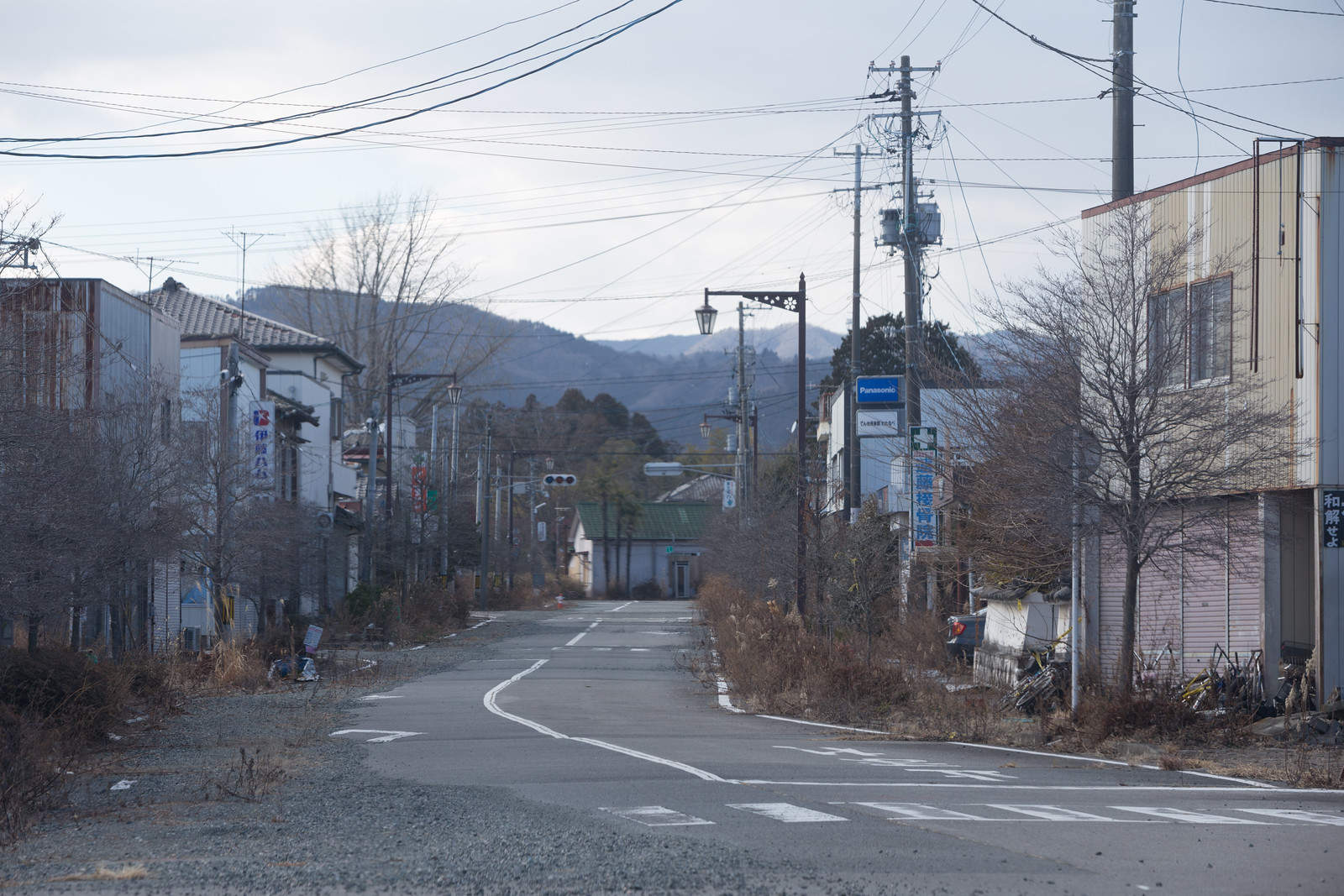Tag: 2011
-

After the Japanese Disaster and into the Fukushima Exclusion Zone
Last week I traveled with Japanese advertising director and photographer Yohei Morita through Tōhoku, the Japanese region critically affected by the March 11, 2011 earthquake, tsunami, and subsequent nuclear disaster. Tōhoku is wedged between the Sea of Japan and the Pacific Ocean on the northern portion of the country’s largest island, Honshu. Compared to southern…
-
Photographs from Another Year of Travel
Last year I compiled a list of representative photographs from many of the locations I visited in 2010. This year was similarly packed with travel, so I decided I should do it again, starting a year from when I made the last post. Nineteen U.S. metropolitan areas and Vancouver, Canada are represented, although there are…
-
The 2011 Chicago Blizzard from Hyde Park
Chicago’s recent blizzard was the third snowiest on record, with 20.2″ of snow falling on the city and winds as high as 70mph. The winds were strongest near the lake, where drifting covered Lake Shore Drive and trapped cars throughout its length. I’ve received some requests to see the South Side scene, so I’ve compiled…